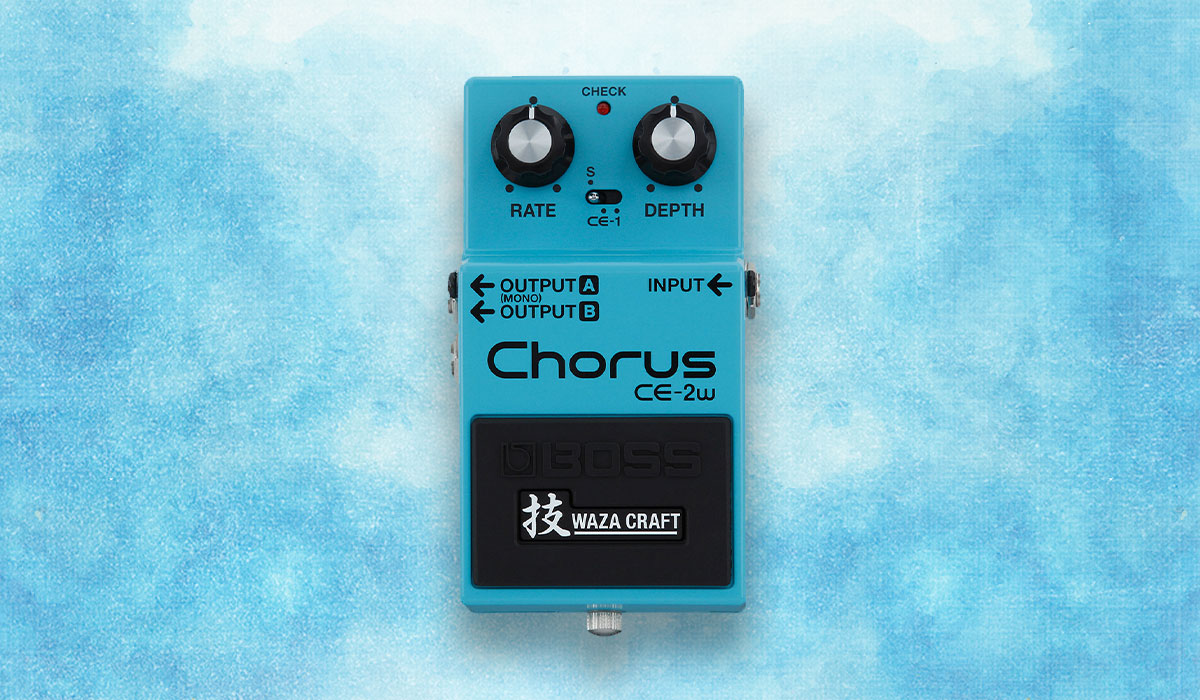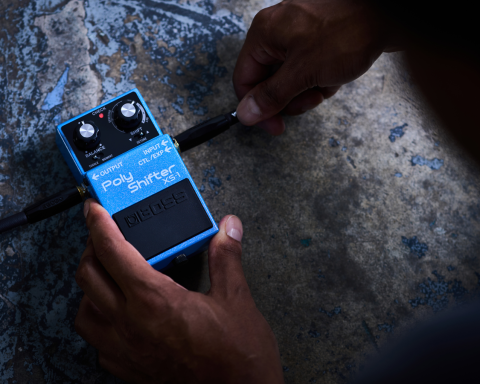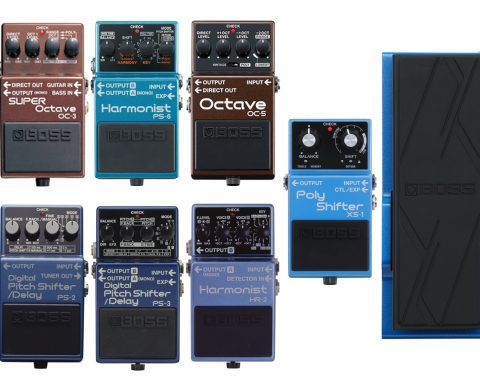Being a child of the ’80s, even before I was aware of such things, the chorus effect swirled its way into my psyche. It would be a few years before I met the BOSS CE-2, but the omnipresent gloss of chorus pumped into my ears. In those days, Tears for Fears played on my Pocket Rocker while I skidded down the driveway on my friend’s Night Rider Big Wheel.
The King of Compact Chorus
For many, this somewhat controversial effect forever adheres to the days of big muscles, big solos, and even bigger hair. This stigma was at its height when I started gigging in the ’90s. To even suggest having a chorus pedal was super lame by punk, grunge, or hardcore standards.
But what about Nirvana, The Jesus Lizard, Killing Joke, or The Cure? They achieved iconic sonic signatures with chorus-like movement ever-present in their sound. I, for one, loved these players and broke from the pack of chorus haters. However, I admit that on my quest to tap into this wavelength I did struggle. My challenge was finding a pedal that would act as the subtle sweetener I was after.
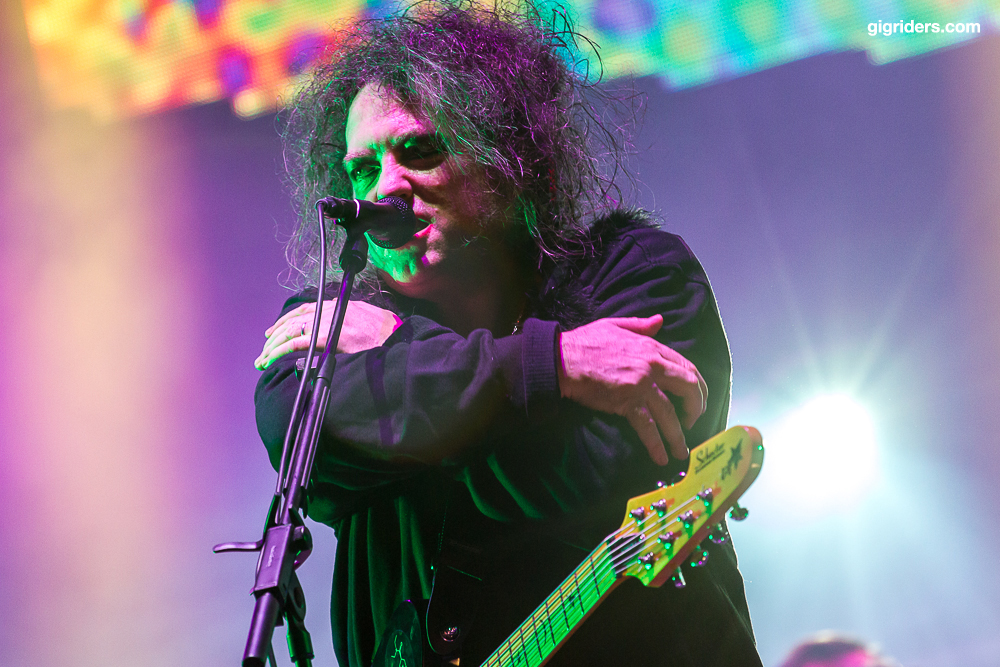
A Fated Meeting and Early Settings
As fate would have it, a BOSS CE-2 was waiting for me. Much like the vintage DM-2 that fell into my life, a beat-up old baby blue box was sitting under the glass at my local vintage guitar shop. This CE-2 had battle scars, two knobs, a silver screw, and begged for me to plug it in. When I did, the sound was simply there. With the Rate set to a crawl at 9 o’clock and the Depth just shy of noon, I was into vintage TSOL and SoCal Death Rock tone territory. I knew my search was over.
Subtle Movement
Never overbearing at any setting, I achieved subtle movement that enhanced skeletal arpeggios. Indeed, the CE-2 seemed to animate only the high-end frequencies in such a special way. For years, I relegated my little blue buddy to “always-on,” making my mono rig sound stereo. Still, having experienced the spread of an old Roland JC-120, I always wished I had one more output to play with. Wishes can take some time, but they do occasionally come true.
"The CE-2W is still the chorus to beat, even after the boutique boom of the '00s."
An Orchestra of Three in Two Takes
Fast-forward to 2015 in Toolmakers Studio with The Sub-Gents recording in Sheffield, UK. I’ve got the CE-2W strapped to the board and one day to nail all the guitars. Two Victory Amps are cooking in the live room and we need to build a wall of sound quickly. I send the signal directly into the front of both amps from CE-2W and set the dials to 10 and 2 o’clock.
I flick to the new CE-1 setting, which I prefer for stereo with its deeper pitch modulation and slightly darker character. Instantly, I’ve achieved a living wall of sound. We track in stereo and hard pan the channels, leaving room for a dry track to shoot right up the middle. Two takes and the sound in my head is on the record.
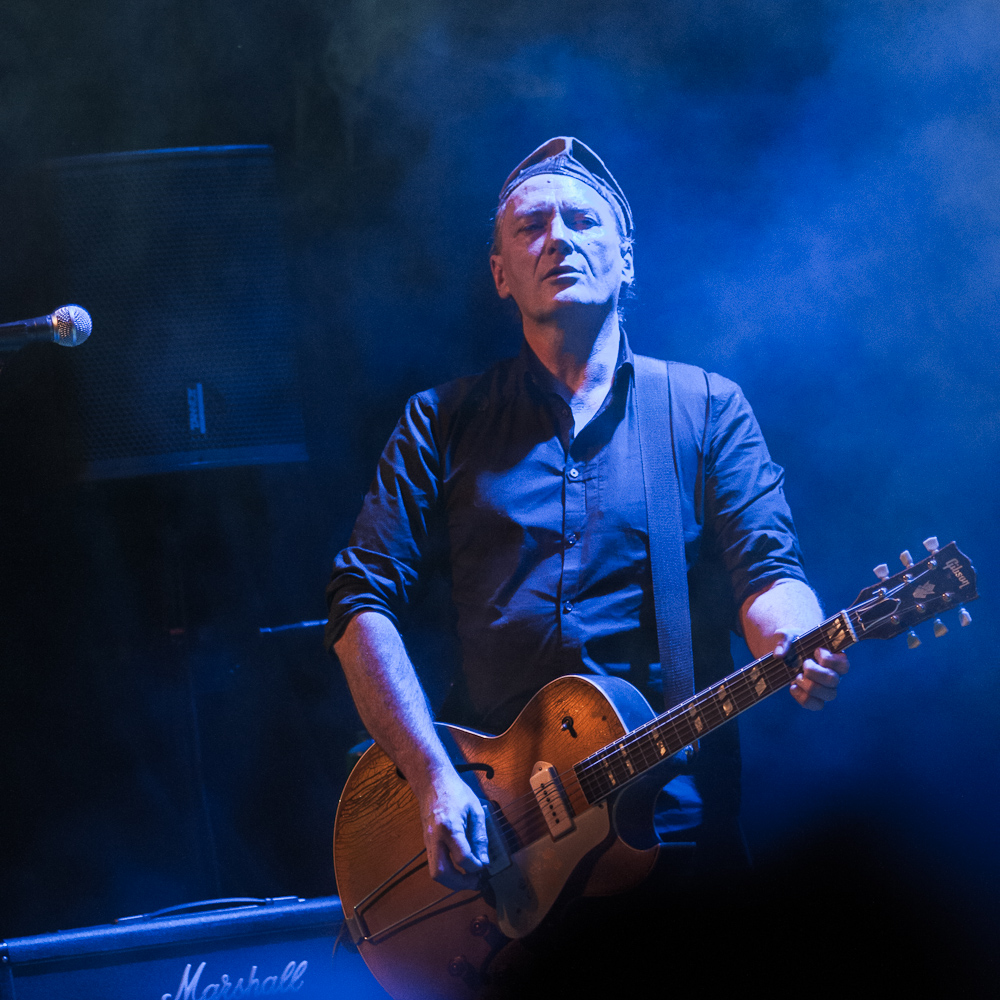
"Running loops and samples through the CE-2W to simulate the magic of a dying old cassette tape is a gas."
To the Stage and Beyond
I replicate this scenario live when I’m allowed a bigger stage footprint. But when I’m mono, I flip back to my favorite classic CE-2 settings and sacrifice very little. The Vibrato setting is the icing on the cake. I enjoy getting weird and wiggly for certain passages on more psychedelic tunes with my CE-2W.
Running loops and samples through the pedal to simulate the magic of a dying old cassette tape is also a gas. It’s a fun, tactile, intuitive, and deceptively simple pedal. For me, the CE-2W is still the chorus to beat, even after the “boutique” boom of the ’00s.
